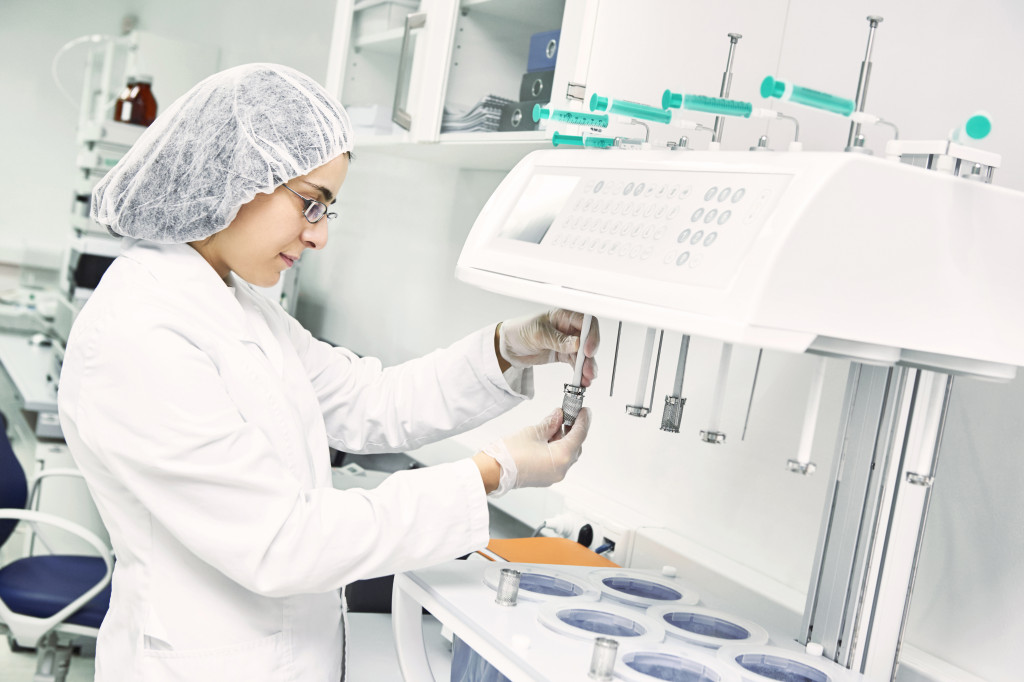The pharmaceutical industry is going through a period of tremendous change right now. Even though Good Manufacturing Practice (GMP) Compliance is still a top priority, manufacturers have developed ways to add value in highly regulated environments. Artificial intelligence (AI), additive manufacturing, blockchain, and other Industry 4.0 technologies are all significant in the pharmaceutical industry. Growth in pharmaceutical investments and startup companies has spurred inter-organizational cooperation, large-scale COVID-19 vaccine clinical trials, and a supportive regulatory environment.
Tailored Medicine
Precision medicine, another term for personalized medicine, is a way of diagnosing and treating patients in a way that is specific to their needs and expected response to therapy. The marketability of precision products, which have already passed the clinical stage, suggests that personalization will continue to grow in the coming years. In the previous five years, investment in personalized medicine has more than doubled, and a new market study anticipates a 33 percent growth in the manufacturing of precision treatments by 2025.
Because customized batches are typically tiny and can have multiple treatment modifications, the rise of personalization has several ramifications for manufacturers. Manufacturers should pay attention to numerous changes signaled by this development:
- Smaller manufacturing runs necessitate greater flexibility to generate value.
- Production schedules tailored to meet the needs of individual customers
- Greater reliance on contract manufacturing organizations (CMOs) to reduce costs and satisfy demand
- Use of smaller, more specialized factories that are better able to meet customer demand.
Production in Small Quantities
Drug manufacturing is expanding low-volume production due to a variety of trends, not just personalization. High-value, focused medicines are replacing low-cost medications used by a large population. Because of this, the manufacturing process can be more complicated, but it also helps provide life-saving pharmaceuticals to patients more quickly.
Low-volume medications go through the same GMP validation process as high-volume ones, in addition to requiring complex synthesis and production techniques. When there are fewer total batches, collecting the required batch data can reduce profit margins. It’s also more challenging when a drug’s life cycle is shorter to navigate intricate supply chains. For profitability, production lines must be quickly set up, batch data must be accurately collected, and product demands must be responsive to change.
Processes for Digitizing Paper
While AI, augmented reality, and the Internet of Things (IoT) can get all the attention, many manufacturers have seen significant benefits from digitizing their paper-based operations first. Manufacturers can implement electronic logbooks, digital batch records, and interactive standard operating procedures (SOPs) with the minimum initial cost. They can also avoid data loss and transcribing errors while replacing paper-based processes with digital ones while increasing operational efficiency.
Increasing Adoption of Cloud Computing

Pharmaceutical companies are increasingly using cloud computing and storage due to advancements in security and lower costs. An essential initial step in enhancing the Industrial Internet of Things (IIoT) capabilities is the use of cloud infrastructure, which facilitates data integrity and sharing throughout a product’s lifecycle. Pharmaceutical manufacturers can now design, configure, and iterate GxP-compliant applications while keeping all development within a tightly controlled environment thanks to the growth of Platform as a Service solution.
Streamlined Production
As an alternative to batch production, continuous manufacturing is becoming increasingly popular. Constant production increases output while lowering costs. It also decreases human error and eliminates the need for several facilities. The constant manufacturing market is growing at a 13 percent annual rate, even though it is still innovative.
Pre-production Training Using Digital Media Technologies
In a highly regulated environment, it’s critical to teach workers quickly to do arduous duties. Pharmaceutical companies are increasingly relying on digital technologies to help them with their training efforts and curriculum.
These programs break multi-step processes into digestible modules, resulting in better recall and faster processing times for the end-user. Applications can imitate actual production processes, allowing workers to practice under environmentally sound working conditions. Manufacturers can make crucial tweaks to enhance efficiency before going live since the applications capture data as if running in production.
Technologies and Infrastructure for Single-use
Large-scale production facilities are still expensive to establish. Therefore, many businesses are opting instead to “scale out” rather than expand. For pre-clinical and clinical manufacturing, single-use facilities are becoming an increasingly attractive answer to high costs.
Globally, pharmaceutical production is moving toward lower volumes, faster product runs, higher product combinations, and greater digitization. The companies will identify new ways to improve operational efficiency and agility that will be successful in this market. For the most part, producers now have access to a broader range of technology and equipment than ever before.







